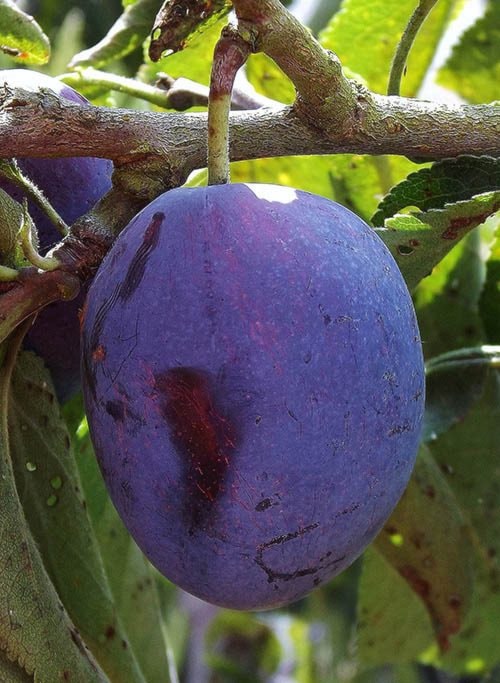A few warm spring days always brings out the optimist in most gardeners, but one consistent complaint that I’ve been hearing involves a lack of fruit or berries from our much-loved edibles.
It usually only takes a few questions before I can figure out the crux of the problem, but in hopes of helping you to avoid these issues altogether, I have created a short pollination question and answer session;
Are your trees or berry bushes flowering?
It’s simple, no flowers means no fruit. The reason for this could be maturity (cherries and plums usually take a few years to mature) or a lack of light, with five to six hours of daily summer sun being essential.
What type of soil do you have?
Poorly drained, heavy clay soils are no place to grow fruit (unless you want to create raised beds) as there is poor aeration.
Conversely, light sandy or rocky soils won’t be able to hold adequate nutrition or moisture for the fruit or berries to form properly, often resulting in premature dropping.
Do you have another tree or bush for cross-pollination?
 Not every fruit tree requires a cross-pollinator (most peaches, ‘Lapins’ cherry, ‘Italian’ European plum, ‘Dolgo’ crabapple are all self-fertile), but these are the exceptions, not the rule. Even these will produce better with larger fruits when cross-pollinated by another tree (of the same family) that blooms at the same time.
Not every fruit tree requires a cross-pollinator (most peaches, ‘Lapins’ cherry, ‘Italian’ European plum, ‘Dolgo’ crabapple are all self-fertile), but these are the exceptions, not the rule. Even these will produce better with larger fruits when cross-pollinated by another tree (of the same family) that blooms at the same time.
Blueberries are much the same, so if you are going to purchase more than one shrub, mix it up a little with different cultivars. Raspberries are self-fertile, while ribes (gooseberries, currants, jostaberries) all produce better when cross-pollinated with a different variety.
Is your apple tree sterile?
Many favoured apple cultivars (‘Gravenstein’, ‘Jonagold’, ‘Bramley’s seedling’, ‘Belle de Boskoop’, ‘King’, ‘Winesap’, ‘Mutsu’) are triploids, they have three sets of chromosomes (instead of the regular two) and are essentially sterile, meaning they can’t pollinate themselves or any other tree.
I once had a customer who was sold two ‘Gravenstein’ apple trees so they could ‘pollinate’ each other and unfortunately it took him 5 years to find out that he got the wrong information. These trees will require a self-fertile partner or a set of two trees to pollinate each other and the triploid.
Do you have both male and female plants?
The most common of these are the kiwis, with arctic (Actinidia arguta) and fuzzy (A.deliciosa) being the standards. Both have male and female flowers on separate plants, so one of each is required to create fruit on the female plants.
The maturity on fuzzy kiwi is notoriously slow (averaging four years) and the males of this species seem to be weaker than the females and are often lost in cold winters. Another option here is to choose a self-fertile female, such as ‘Issai’ for A.arguta or ‘Jenny’ for A. deliciosa.
Who’s doing the pollination?
Unless you’re my wife, who insists on hand-pollinating our dwarf fruit trees with a natural hair painter’s brush, you would be relying on insects or bees to move the male pollen to the ovary portion of the flower.
Early-flowering fruit trees such as peaches and plums often miss the later emerging honeybees, and depend on wild foragers, such as mason or bumblebees. Mason bees (Osmia lignaria) are native here, they pollinate about 200 times better than honeybees and are active in our often cooler, rainy weather.
You can keep these non-stinging bees in commercial stackable nests available at your local garden centre.
An exception to insect pollination would be Hazelnuts (Corylus avellana), which are wind-pollinated.
Mike Lascelle is a local nursery manager and gardening author (hebe_acer@hotmail.com).
